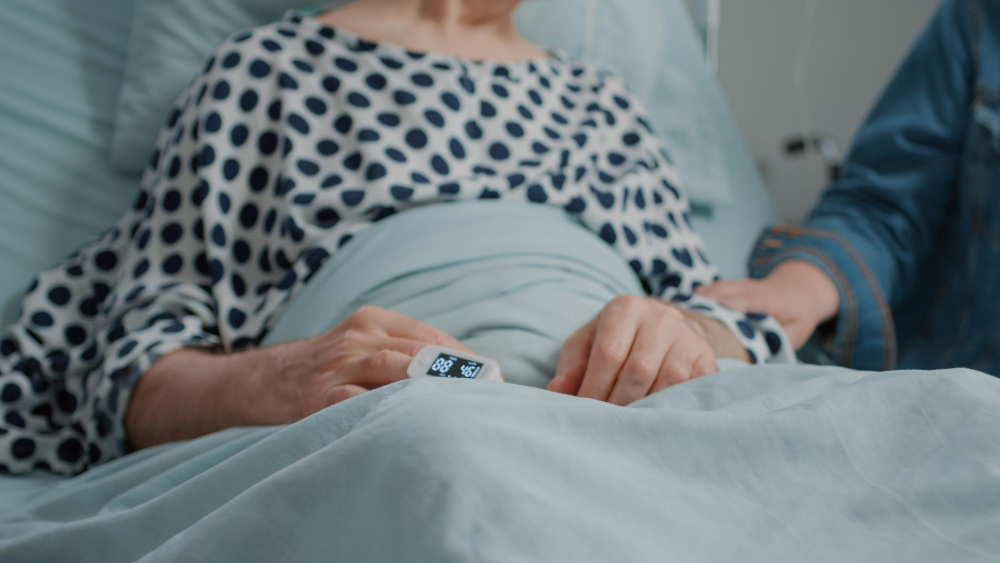One in four people with brain-damage who do not respond to stimuli may have some degree of consciousness
An international team of researchers has studied 241 brain-damaged people apparently unable to respond to external stimuli. Using techniques such as functional magnetic resonance imaging and electroencephalogram, they have detected signs of brain activity in 25 % of them that, according to the authors, ‘suggest that they may be interacting with the outside world’. The results are published in the journal NEJM.

Coma - Morgado (EN)
Ignacio Morgado
Professor Emeritus of Psychobiology at the Autonomous University of Barcelona (UAB) and full member of the Spanish Academy of Psychology
It seems to me a very interesting study, scientifically and methodologically correct, and one to which we should pay special attention, as it suggests that patients in coma or similar states can have a certain degree of consciousness, even if they have disabled the neural mechanisms to show it. Of particular interest when deciding whether to disconnect a patient who has been in a coma for a long time from the device that keeps him or her alive.
Coma - Ruiz (EN)
Francisco José Esteban Ruiz
Professor and researcher in neurosciences at the University of Jaén
The fact that the study is published in the prestigious New England Journal of Medicine guarantees a rigorous review prior to publication and, therefore, the scientific quality and possible clinical implications of the study. It is a very solid work and is carried out with great scientific rigour. The research group analysed a large number of severely brain-injured patients in different states of consciousness from several hospitals to detect signs of consciousness in those unresponsive to external stimuli, including coma and vegetative (unresponsive wakefulness) states. It used advanced technologies such as functional brain scans (fMRI) and analysis of the brain's electrical activity (EEG). The results suggest that about a quarter of these patients, who appeared to be unconscious, actually showed signs of mental activity. This could indicate the existence of some level of consciousness, which is especially relevant in patients in a coma or vegetative state.
This study confirms and extends what was already known about consciousness in people with severe brain injuries. Previous studies had found that between 10% and 20% of these patients may have some degree of consciousness even though they do not show it externally. However, this study found that this percentage could be even higher, as high as 25%. This is important because it could change how critical medical decisions are made, such as whether or not to continue intensive treatment and life support, by suggesting that some people who appear not to be conscious are in fact conscious.
The findings of this study could have a major impact on the treatment of patients with severe brain injuries. If it is confirmed that a significant proportion of these patients have some degree of consciousness, even if they are unable to show it in an obvious way, this could lead to changes in both medical and family decisions. For example, doctors might be more cautious before deciding to withdraw life support or might consider intensive rehabilitation therapies to try to improve the condition of these patients. In addition, identifying conscientiousness in these patients may also influence how to communicate with them and their families, and how to make ethical decisions.
There are several important limitations indicated in the study itself. First, the patients in the study come from different hospitals in various countries. This is an advantage, but it also means that not all patients were assessed in the same way and with exactly the same protocols, as each hospital used different methods to establish the response. This could affect the results as the procedures were not fully systematised.
In addition, patients were recruited differently; some were patients in intensive care units, while others had chronic brain injuries and were at home or another medical centre, in the post-acute phase of their recovery. This could introduce a bias, as those included in the study who survived the most critical phase may have greater resilience or cognitive reserve, i.e. a greater capacity of the brain to resist damage, meaning they were in better condition than other potential patients who were not included.
Finally, although the results are very promising, the techniques used, such as fMRI and EEG, are not available in many hospitals around the world. This limits the possibility of widespread application of these findings and suggests that more research is needed to standardise and simplify the methods before they can be used in everyday clinical practice.
Bodien et al.
- Research article
- Peer reviewed
- People
